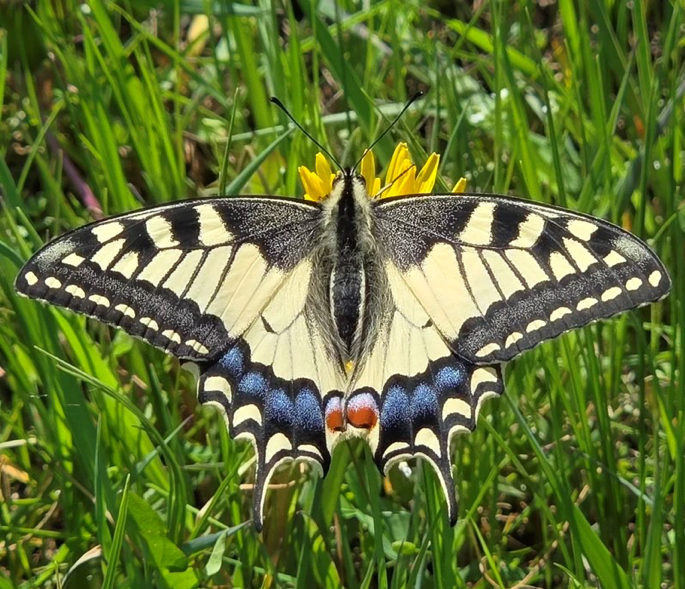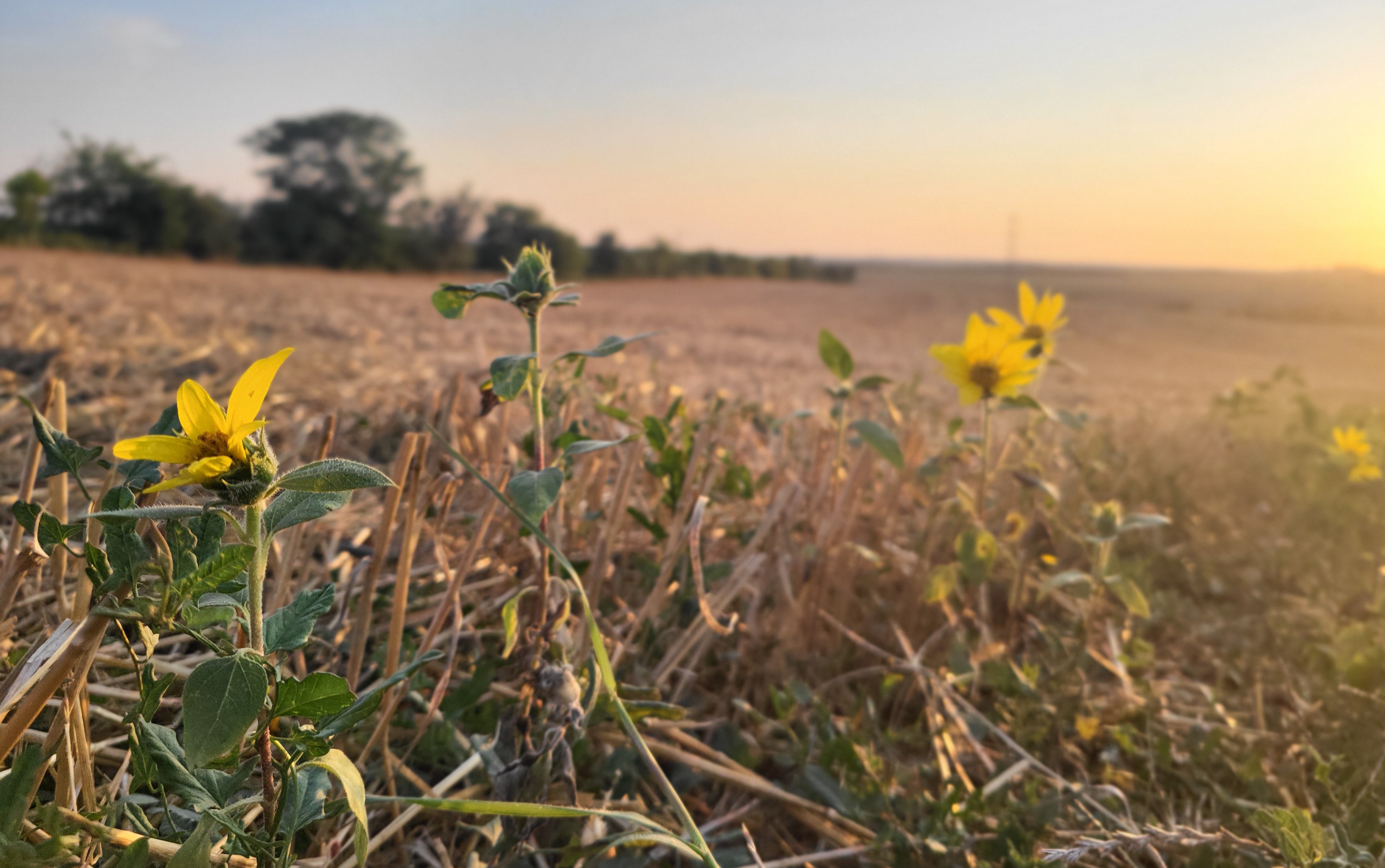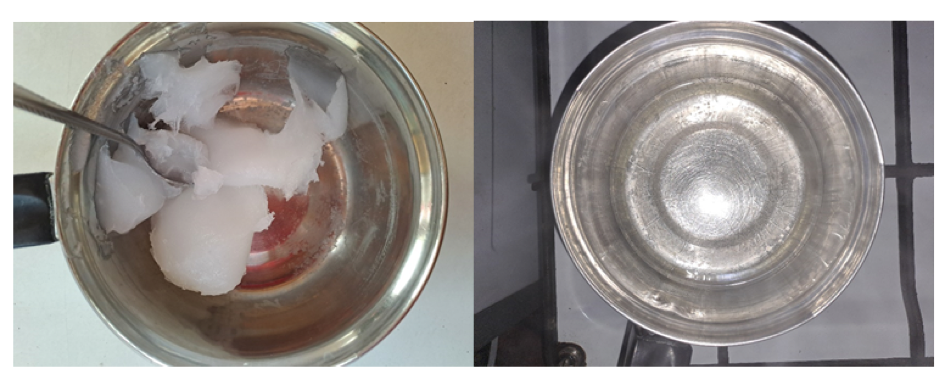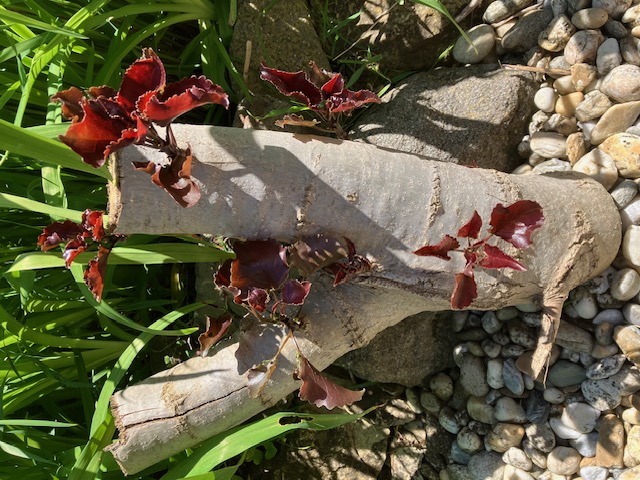A kardoslepke (Iphiclides podalirius) a pillangófélék (Papilionidae) családjába tartozik. Magyarországon védett, természetvédelmi értéke 10 000 Ft, de az IUCN Vörös listán nem szerepel. Nappali aktivitású lepkéről beszélhetünk, ami nevét a hátulsó szárnyakon lévő kardél alakú faroknyúlványról kapta. Ennek feladata, hogy a ragadozók ezt vegyék célba, ne pedig a lepke létfontosságú szerveit.
 Készítette: Kepes József
Készítette: Kepes József
A képen jól látható, hogy a szárnyak alapszínezete sárga, melyet hosszanti irányban fekete csíkok tarkítanak. A nőstényeknél a potroh oldalt sárgásfehér, míg a hímeknek teljesen fekete.
Április elején láthatjuk először a lepkéket melyek a párzást követően lerakják petéiket. A hernyók májusban kelnek ki. Több tápnövényük is van, melyek levelét fogyasztják. Ilyen a kökény, mandula, szilva, galagonya, sárgabarack és berkenye. A lárvák kinézetüket tekintve zöldes sárgás színűek, hátukon sárga csíkok és fekete pöttyök találhatók fiatal korban, majd ahogy idősebbek lesznek, a foltok sárgásbarnává válnak. Nagyon érdekes, hogy amennyiben veszélyben érzik magunkat, a fejük mögött található villát kitolják, ez sárgás színű és szilvafélékhez hasonló illatot áraszt. A tápnövényen bábozódnak be. Évente két nemzedéke van, tehát kétszer találkozhatunk a lepkékkel, hernyókkal és a második báb telel át.

Készítte: Körtélyesi Réka
Nézzünk vissza a címre: Kardoslepke vagy mégsem? Nem véletlen ez a cím, hiszen a gyakorlatlan szemek összetéveszthetik a megjelenésében nagyon hasonló fecskefarkú lepkével (Papilio machaon). Azonban ha megnézzük a szárnyakat, akkor a fecskefarkú lepkének – Tamási Gergő által készített fotó – a fekete mintázata az ereket követi és bekeretezi a szárnyat, míg a kardoslepke inkább tigris csíkos. Remélem így segítettem pár embernek, hogy megtudja különböztetni e két lepkét.

Készítette: Tamási Gergő
Forrás:
https://www.hnp.hu/hu/szervezeti-egyseg/termeszetvedelem/natura2000/fajtar/-kardoslepke-
Kardoslepke kép: https://www.izeltlabuak.hu/talalat/556767 Licenc: CC BY 4.0
Fecskefarkú lepke kép: https://www.izeltlabuak.hu/talalat/515908 Licenc: CC BY 4.0



















